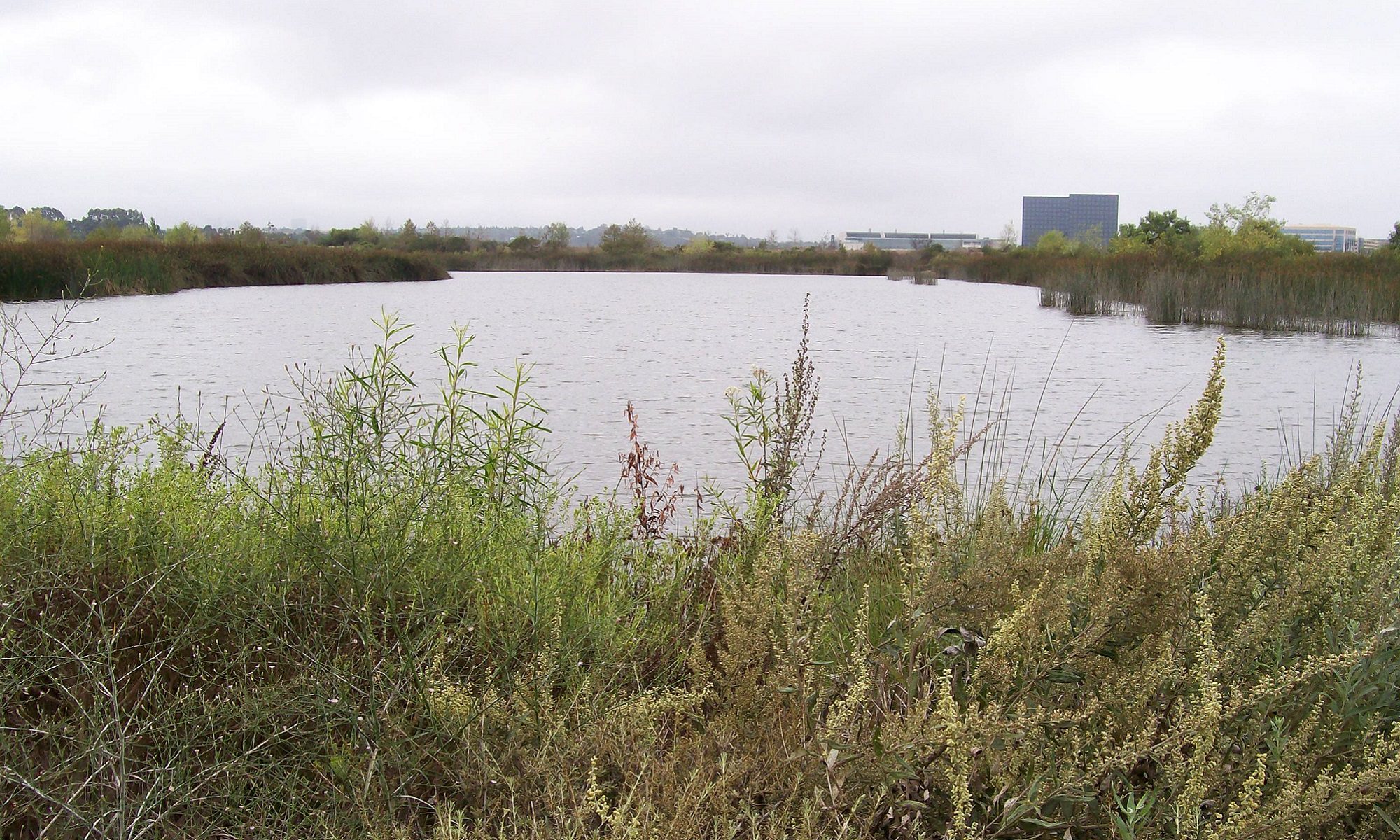I have encountered criticisms something like this: “If pterosaurs were still living, we would have seen them before now.” Part of the problem with that reasoning is that the critic seems to assume that he personally would have encountered news of living pterosaurs earlier in his life, had there been any truth to it. (If he had read about eyewitness accounts throughout his life, he would not object to it now.) How subjective! It is hardly a scientific objection.
And if the critic meant that there should be older reports to go with recent reports, well . . . pay attention, please. Some of the recent reports are of sightings decades ago; other reports are examinations of apparent sightings centuries ago, with labels that include “dragon.” Accounts of living creatures with features that suggest various species of pterosaurs–those accounts flow through history, up to the first decade of the 21st Century.
Beware of potential circular reasoning in this objection to the possibility of living pterosaurs: “Nobody can see a living pterosaur because they are extinct; pterosaurs are extinct because nobody can see one.”



If a critic means that no scientist has seen anything, that critic is mistaken on several accounts. For example, Evelyn Cheesman, the British entomologist, mentions strange flying lights in her book “The Two Roads of Papua.” Those lights are very similar to the ones on Umboi Island, where the creature that is said to produce the brilliant light is called “ropen.” In addition, Cliff Paiva, a missile defense physicist, has analyzed the video footage of two indava lights (recorded just south of where Cheesman made her observations and analysis). Science, not just limited cryptozoology interviews, is very much a part of these investigations. Scientists have seen much.